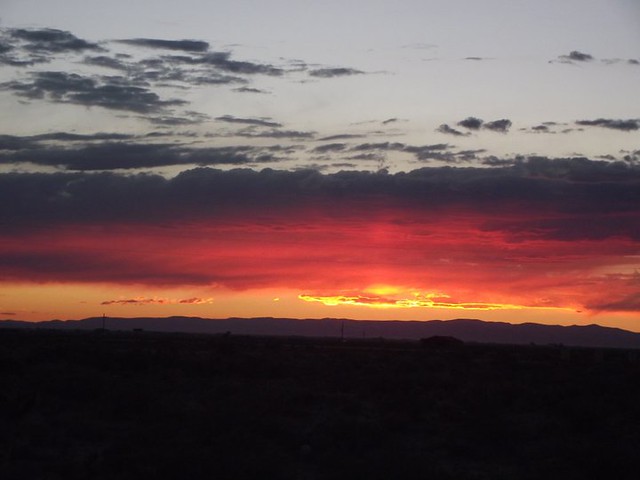
I recently attended the funeral mass for Father Jim Moore at Sacred Heart Church in the Barelas neighborhood, just south of downtown Albuquerque. I knew Father Moore when he was an associate of the Blessed Sacrament clergy at St. Charles Borromeo parish and would celebrate the 7 A.M. early Mass. During his previous tenure as pastor of Sacred Heart Parish from 1996 to 2006 , Father Jim was a witness to the transformation of the Barelas neighborhood from drugs, gangs and graffiti to art murals and newly painted homes. As part of that transformation Father Moore and his parishioners established a 9/11 Memorial in Sacred Heart Church. Steel girders, each 30 feet in length, were brought from the ruins of the World Trade Centers in New York to the Sacred Heart Church in Barelas in 2003. The parish raised $250,000 to build a towered belfry to house the beams. That belfry today stands atop the Church like a sentinel. The beams were blessed by Father Moore before they were trucked from New York City and again by Archbishop Michael Sheehan upon their arrival at Sacred Heart Church. In the belfry these sacred steel shards have been placed against each other to resemble a cross. Also on display is a wall of engraved granite listing the names of all those who were murdered on 9/11. There is a copper-plated book with names and biographical entrees for each of the deceased. There is a New York State flag, a t-shirt signed by 9/11 rescue workers, a New York City firefighter's helmet and police hats. On the wall facing the steel beams is a religious icon - it depicts the Madonna with her arms encircling the tall World Trade Center towers as twin engine jetliners circle overhead. Next to this icon stands a shrine statue of Our Lady of Guadalupe with an adjacent kneeler for prayers. With arms out she seems to be calling visitors to prayer.
The 9/11 Memorial at Sacred Heart Church in Barelas is both a National and a Catholic shrine. It is a place to reflect on the tragedy that struck our nation that day, the innocent loss of life and the suffering of the victims and their families and friends. It also recalls the individual acts of heroism by police, firemen and other first responders who made the ultimate sacrifice to save the lives of others. The setting of this 9/11 Memorial at Sacred Heart Church enables us to honor the victims and their families with our prayers. It also calls us to contemplate Christ's teachings on forgiveness: Matthew 18:22 - Then Peter came up to Him and said, 'Lord, how often shall my brother sin against me and I forgive him? As many as seven times?' Jesus said to him, 'I do not say seven times but seventy times seven.' In other words Jesus is telling us that we must always forgive. Even in the face of a grave injustice causing great harm- like 9/11? Listen to the words of Jesus on the cross: Luke 34 - 'Father, forgive them for they know not what they are doing.' Jesus asked His Father to forgive His tormentors and those who crucified Him even though at the time most were unrepentant. To forgive is not to forget. Indeed the 9/11 Memorial helps us to remember the injustice of that date. It's just that there is no place for hatred and vengeance when we understand that we belong to God - who has already forgiven us 'seventy times seven'.
Listen to this sermon from Father Robert Barron on 9/11 and forgiveness:








